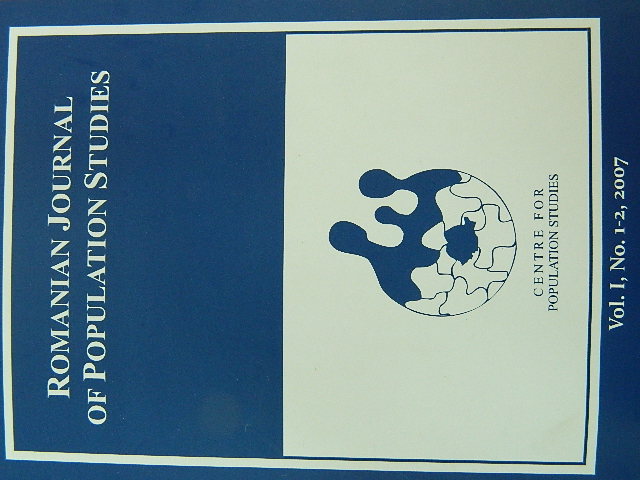Community Selectivity of Temporarry Emigration from Romania
Community Selectivity of Temporary Emigration from Romania
Author(s): Dumitru SanduSubject(s): Social Sciences
Published by: Centrul de Studiere a Populaţiei
Keywords: temporary emigration; communities; Romania
Summary/Abstract: The paper examines the key patterns of temporary emigration from Romania after 2000 by reference to origin communities. Individual and regional criteria are used as to give the context of migration selectivity. The relation between community profiles and migration characteristics are different function of the regional context: Emigration patterns are context bounded (work emigration is favoured by rural residence in Moldova historical region but in Transylvania has a higher probability for city dwellers; life satisfaction plays differently for work vs. non-work intentions to emigrate etc.) A five-class typology of communities from the migration point of views allwed for capturing basic patterns of community selectivity (as opposed to individual selectivity) or temporary emigration. There are clear sign for the existence of different cultures of (e)migrations: Community structure of emigration seems to be better structured than the regional culture of phenomena; Moldova, by its more developed communes is one of the very few regions of the country with a well structured culture of migration; Transylvania is the favoured place for non-work migration and South regions are the locus for low temporary emigration. Policy implication are derived from analysis. They support the view that migration and development policies should rely not only on country and sectoral inputs but also on origin community characteristics. Poor communities of low temporary emigration deserve a special attention. Distinction between work vs. non-work emigration communities and those between low and high temporary emigration all could be relevant for designing migration and development policies. The paper relies on large census and survey data that support reciprocally in a multilevel approach.
Journal: Romanian Journal of Population Studies
- Issue Year: 1/2007
- Issue No: 1-2
- Page Range: 11-45
- Page Count: 34
- Language: English
- Content File-PDF

